Today marks the anniversary of the discovery of x-rays by Wilhelm Conrad Roentgen, who was awarded the first Nobel Prize in Physics in 1901 for his discovery. The Smithsonian is no stranger to x-rays and related objects in its collections. From fishes at the National Museum of Natural History to x-ray tubes and equipment at the National Museum of American History, we have quite a breadth of materials related to x-rays.

Last year, the Archives acquired a collection of materials from the National Museum of American History, which included x-ray images of the Foucault pendulum that used to be in the center of the museum along with the Star Spangled Banner. Its stay at the museum started in 1964 when the museum opened. It had a brief hiatus in 1987 when then pendulum was moved from the first floor to the second floor, and then finally was taken down in 1998 to make room for the Star Spangled Banner Preservation Project.
![Museum of History and Technology Exhibit, Undated, Smithsonian Institution Archives, SIA RU000285 [SIA2010-2911]. Museum of History and Technology Exhibit](https://ids.si.edu/ids/iiif/SIA-SIA2010-2911/full/275,/0/default.jpg)
NMAH's pendulum was made by the California Academy of Sciences and was suspended four stories from the ceiling of the museum. The pendulum demonstrated that the earth rotates counterclockwise on its axis by observing the motion of the pendulum. It consisted of a thin, flexible wire (54 feet long) with a heavy weight, the bob (made of hollow brass, nearly fifteen inches in diameter, and weighing about 240 pounds), attached to the end. The museum's pendulum was suspended from a tapered support that allowed it to bend in a slightly different direction on each swing which took 9.3 seconds.

Related Resources
- Foucault Pendulum, Smithsonian Institution
Related Collections
- Accession 17-183: National Museum of American History. Division of the History of Technology, Exhibition Records, 1964-1978, 1982, 1987-1989, 1995, 1998, undated, Smithsonian Institution Archives
Produced by the Smithsonian Institution Archives. For copyright questions, please see the Terms of Use.


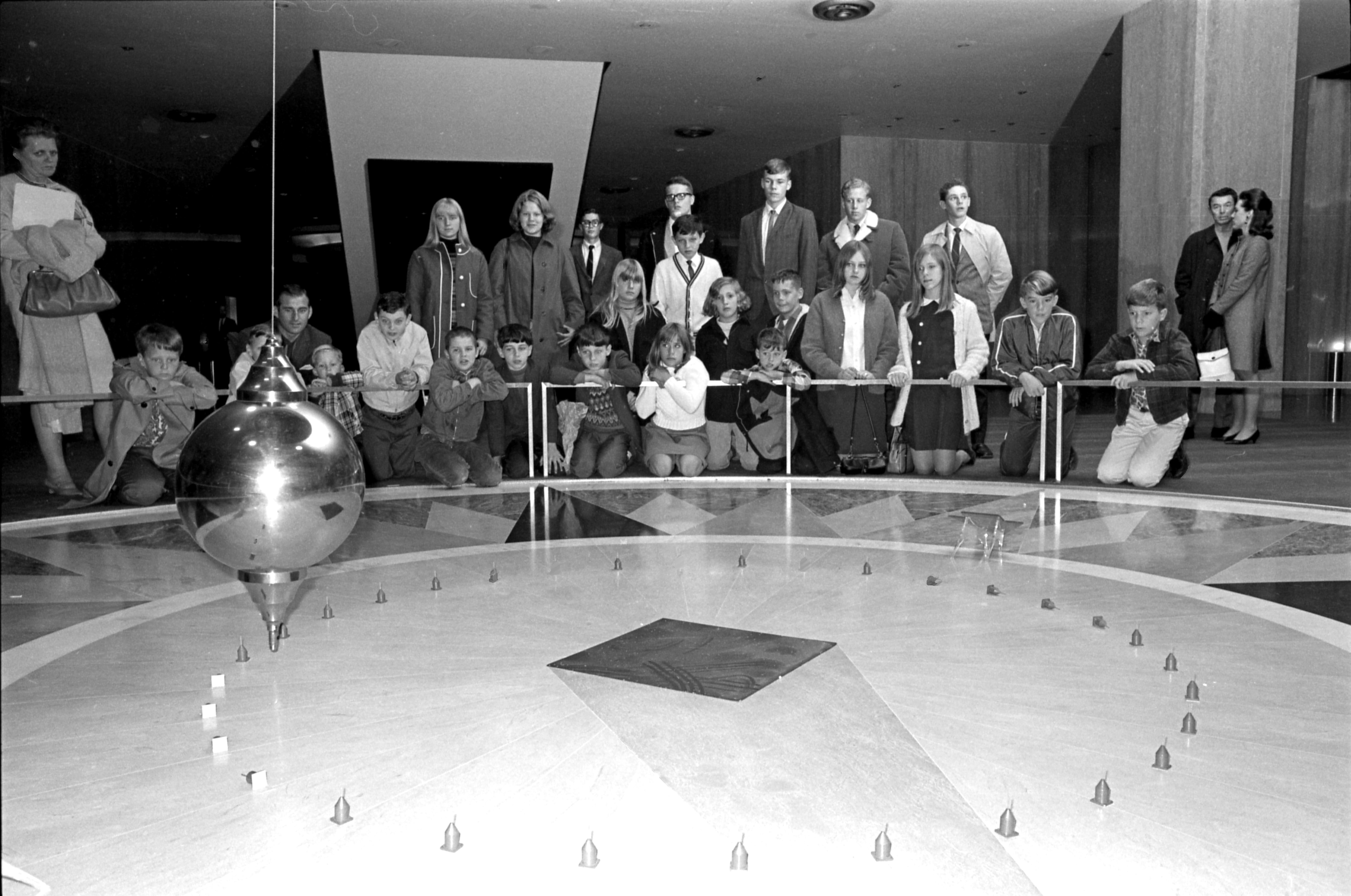

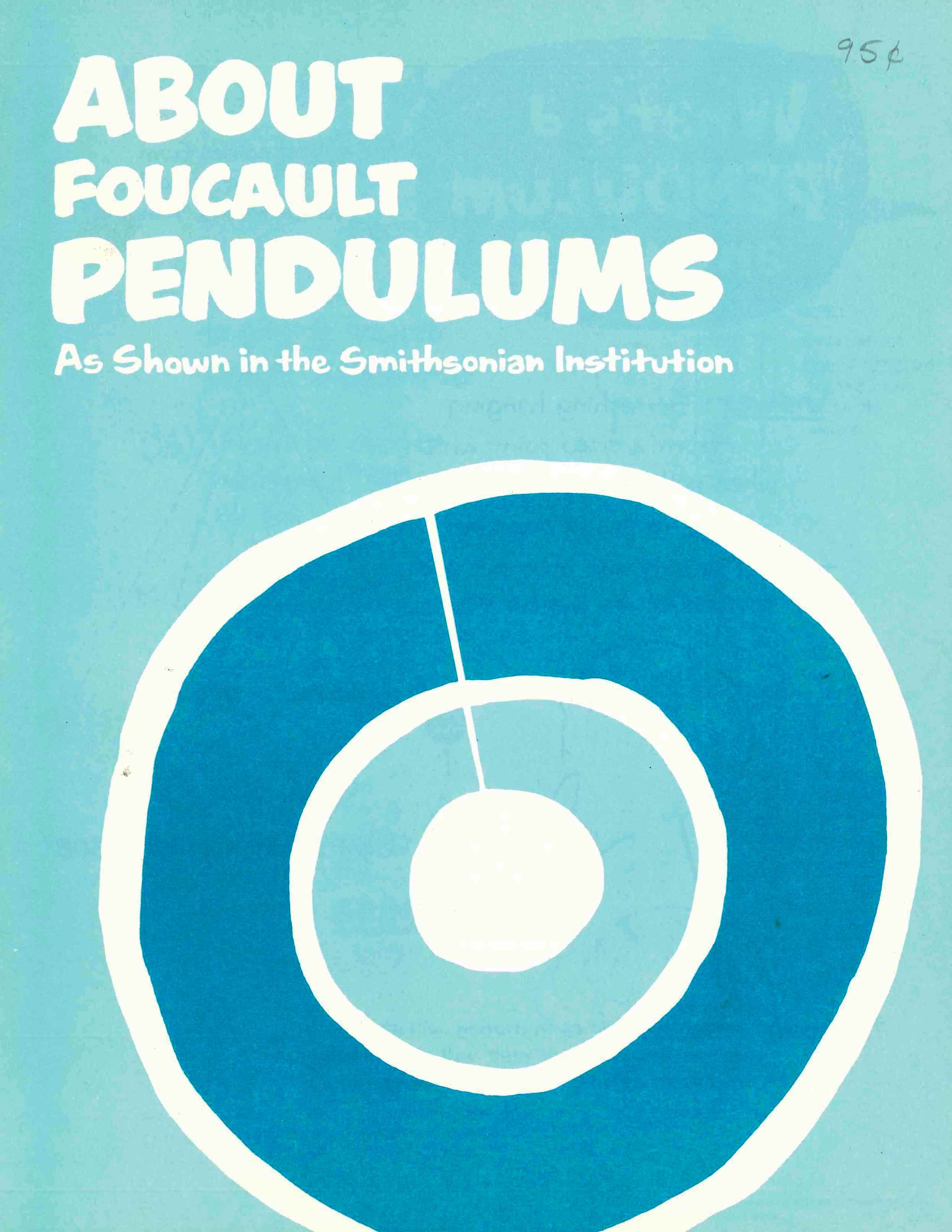
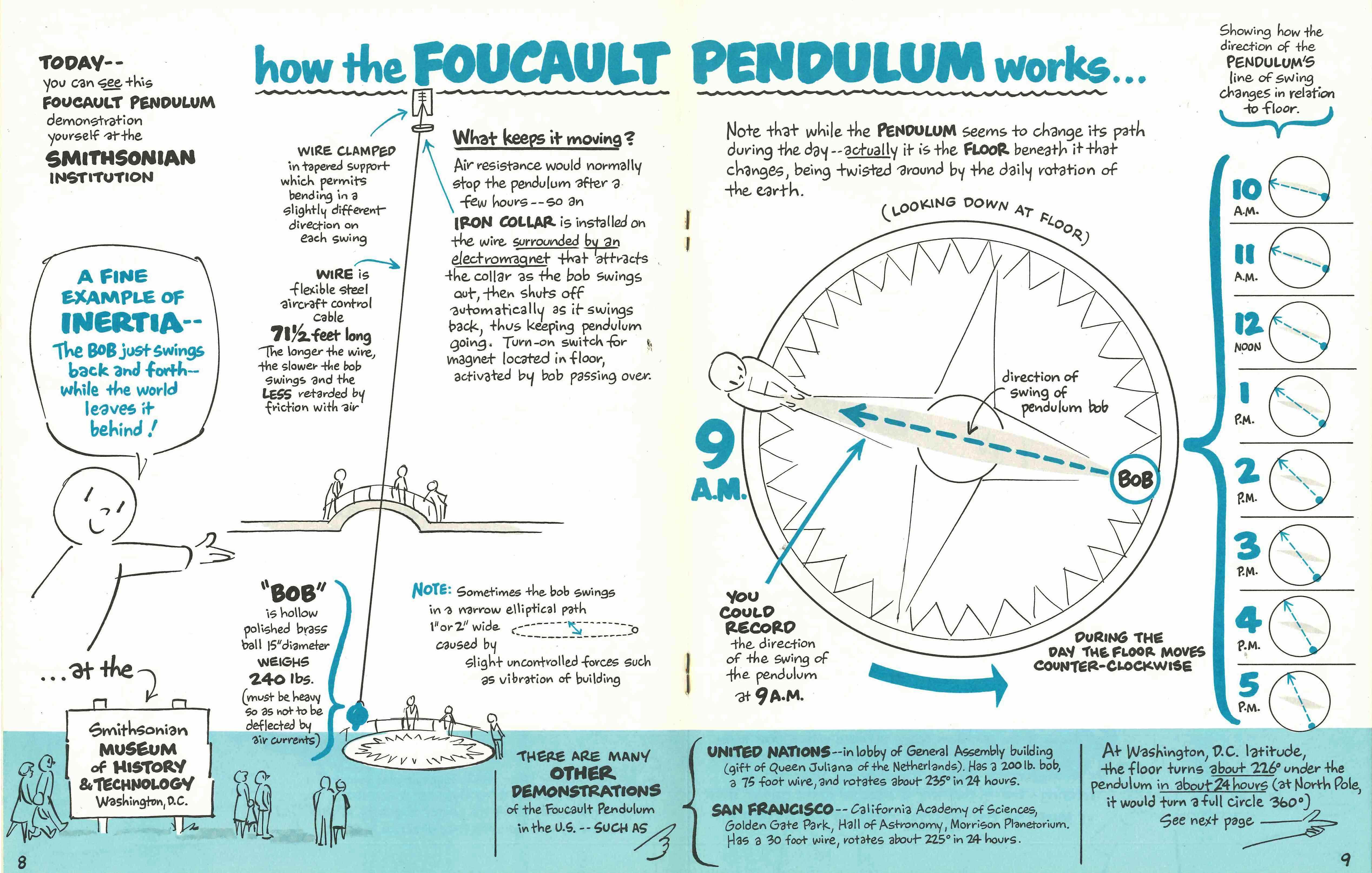
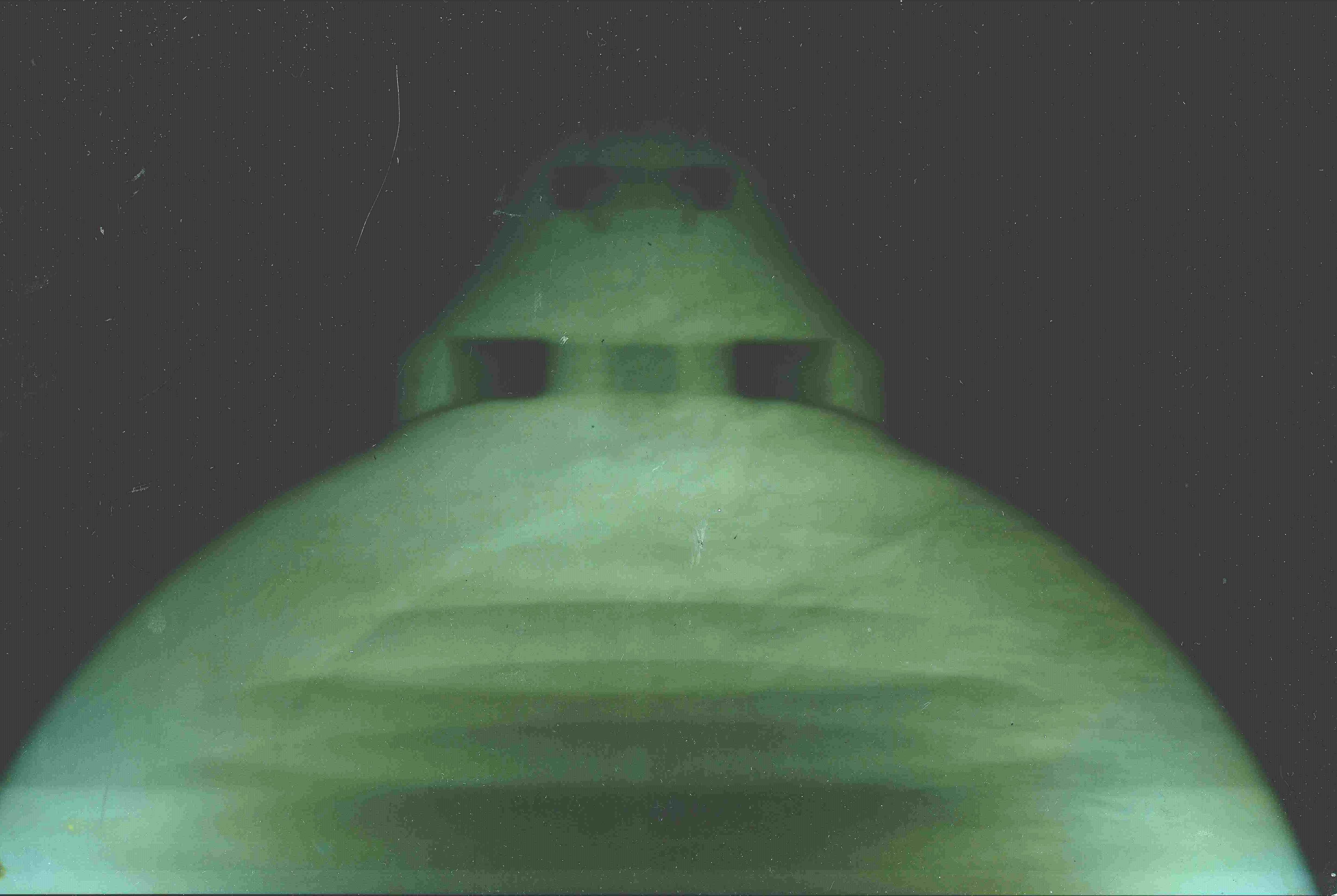
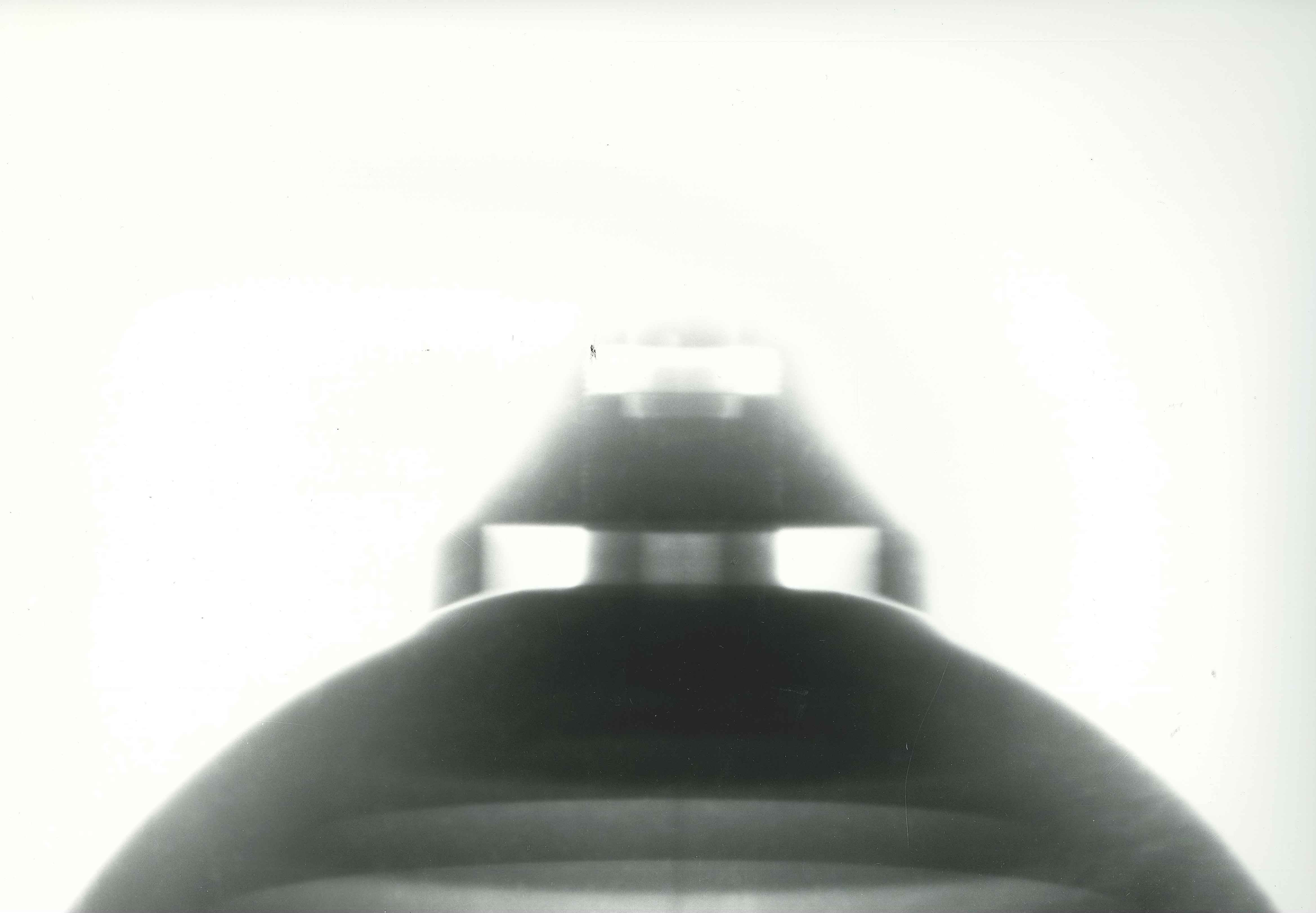
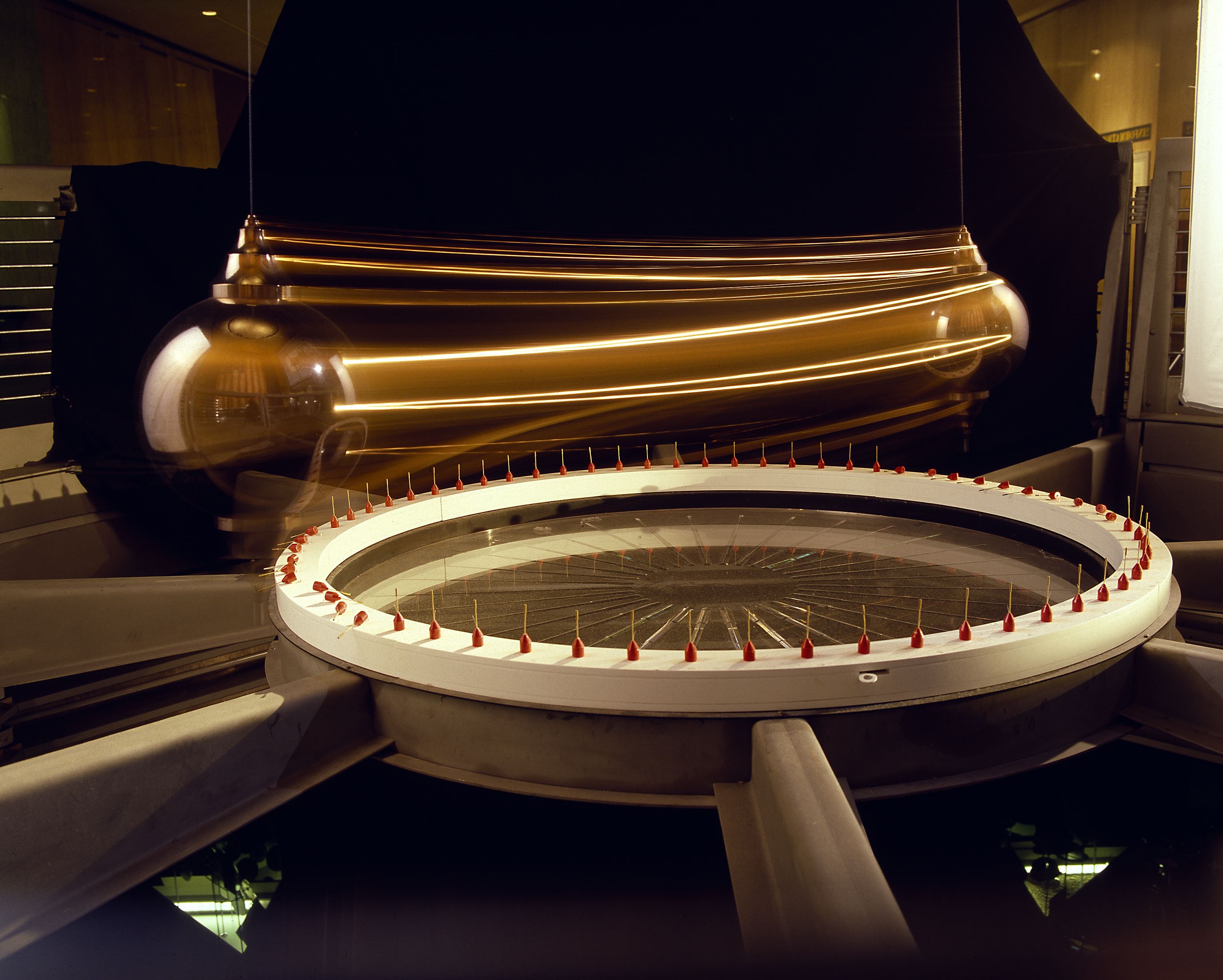

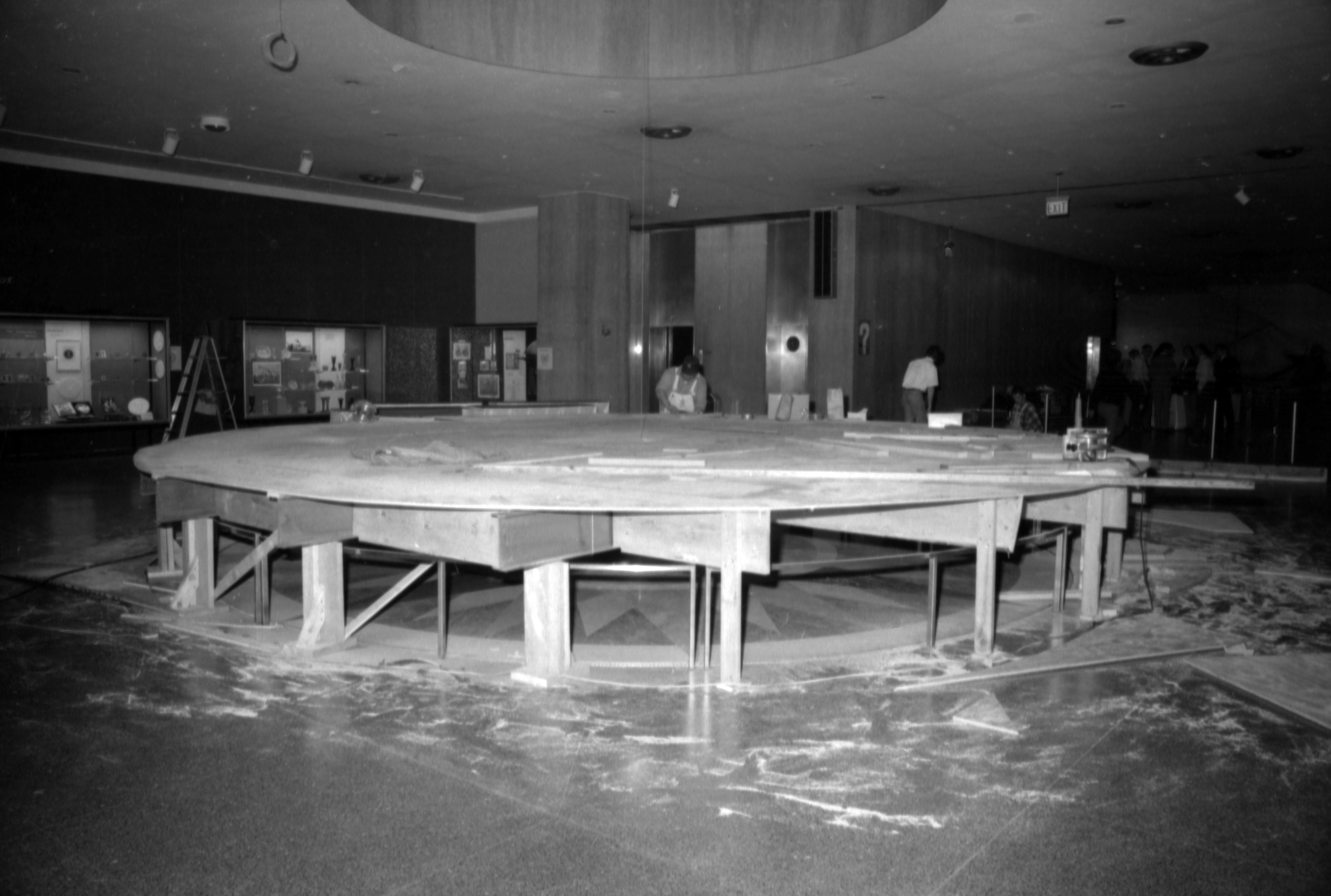
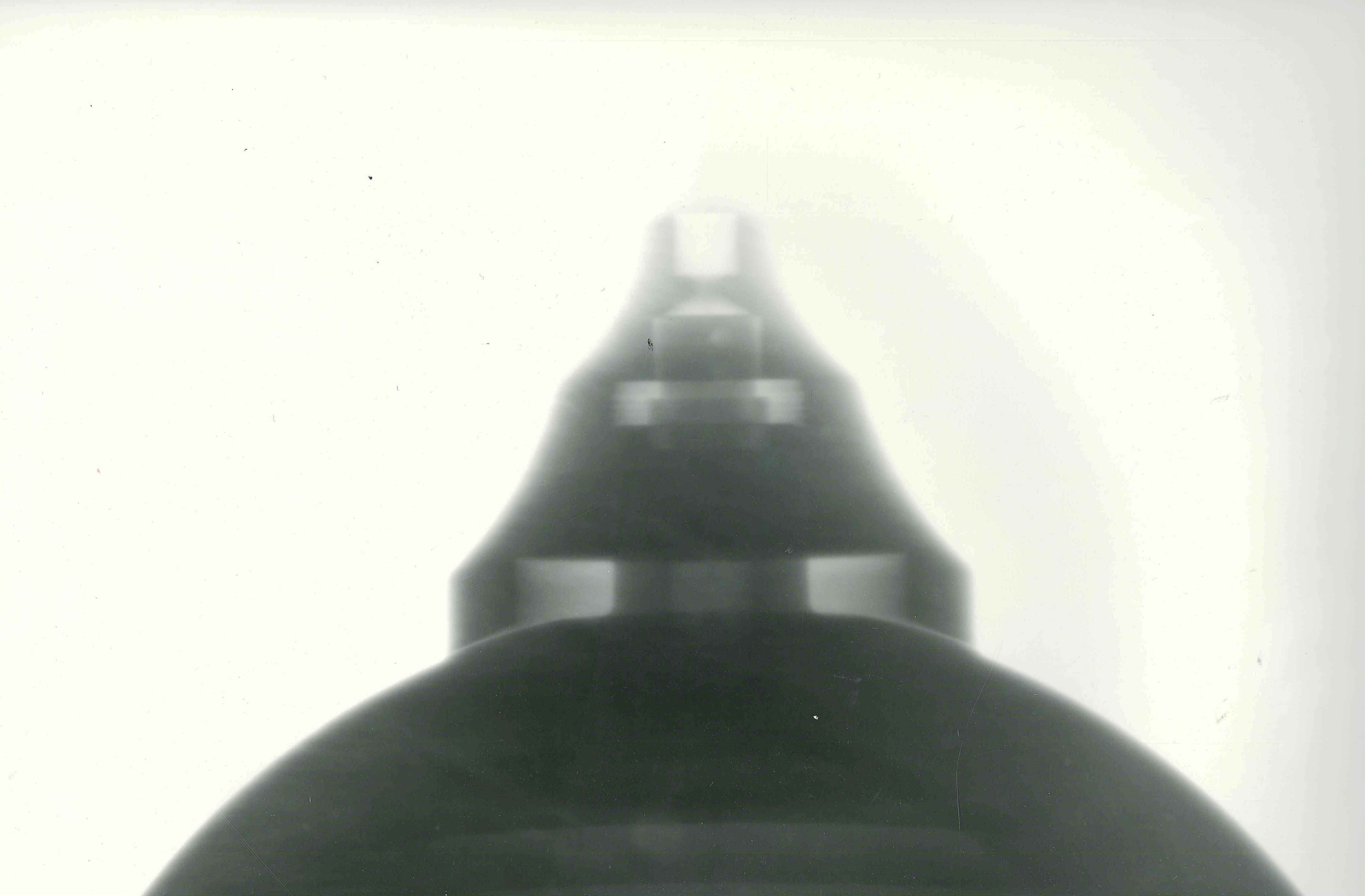
Leave a Comment